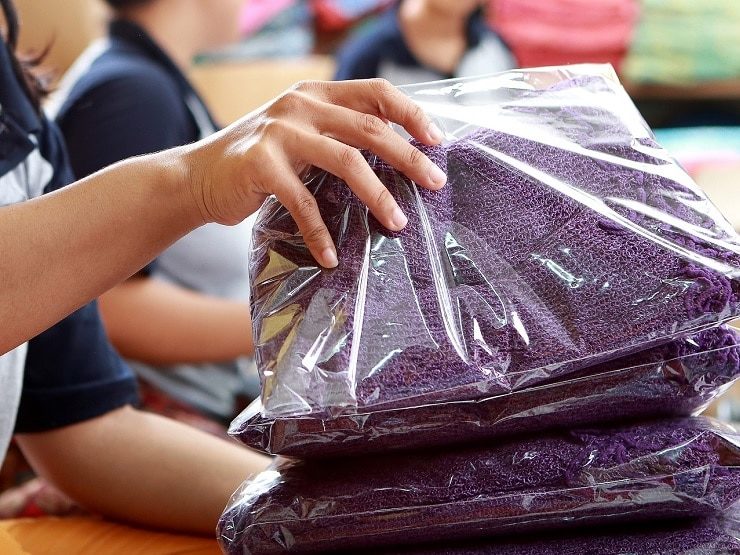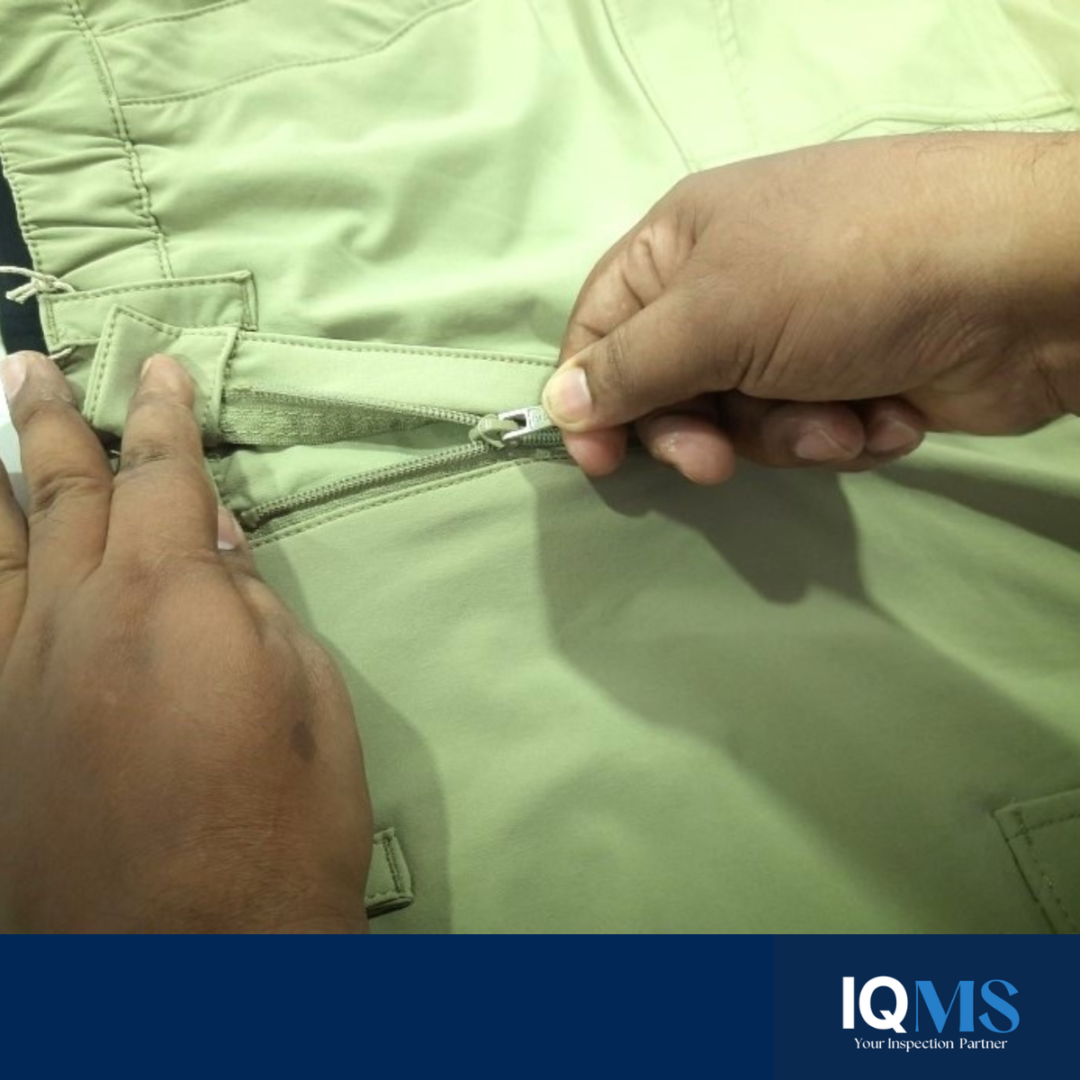Introduction:
The world of garment manufacturing thrives on delivering products that seamlessly blend style, comfort, and durability. A critical component in achieving this trifecta is the rigorous implementation of on-site tests before garments are shipped. These tests act as the final litmus test for quality assurance, ensuring that every piece of clothing adheres to strict standards. In this article, we delve into a comprehensive array of on-site tests that, when systematically executed, guarantee a seamless and consistent garment quality before they reach the hands of consumers.
1. Fitting Test
Methodology: Assess the fitting of garments on fit models or mannequins to ensure that they align with the intended design and fit.
2. Dry & wet Rub Test for Fabric
Methodology: Rub the fabric against standardized rubbing material both in dry and wet conditions to evaluate colourfastness and potential dye transfer.
3. Seam Strength Test
Methodology: Test the strength of seams by subjecting them to controlled tension, ensuring their resilience and durability.
4. Fatigue Test
Methodology: Repeatedly stretch and relax fabrics or elastic components to simulate wear and assess their ability to withstand extended use.
5. Pull Test
Methodology: Apply controlled force to different parts of the garment to evaluate its overall strength and resistance to tearing.
6. Stitches Per Inch
Methodology: Measure the number of stitches per inch to ensure consistent stitching density throughout the garment.
7. Smell Test
Methodology: Subject garments to smell testing to detect any lingering odors that might result from manufacturing processes or storage.
8. Color Lot Test
Methodology: Compare the color of garments to a standardized color reference to identify any discrepancies or deviations.
9. GSM Test
Methodology: Measure the grams per square meter (GSM) of fabric to verify that it aligns with the intended fabric weight.
10. Product Weight, Tensile Test
Methodology: Measure the weight of the finished product and conduct a tensile strength test to evaluate its resistance to stretching forces.
11. Measurement Check
Methodology: Measure key dimensions of garments to ensure they adhere to specified size charts and fit requirements.
12. Thickness Test
Methodology: Measure the thickness of specific fabric components to ensure consistency and compliance with design specifications.
13. Carton Drop Test
Methodology: Simulate real-world conditions by dropping cartons containing garments to assess packaging durability and garment protection.
14. Barcode Scanning
Methodology: Scan garment barcodes to ensure accurate labelling and traceability throughout the supply chain.
Ensuring Seamlessness in Implementation
1. Method Standardization: Develop clear testing protocols for each test, including parameters, tools, and evaluation criteria.
2. Random Sampling: Randomly select garments for testing to ensure a representative sample.
3. Expert Testers: Employ skilled testers experienced in executing each specific test method accurately.
4. Record Keeping: Maintain detailed records of test results, findings, and corrective actions.
Conclusion:
On-site tests before garment shipping epitomize the meticulous attention to detail that distinguishes exceptional garment manufacturers. By systematically executing a battery of tests encompassing fitting, fabric strength, seams, colors, and more, manufacturers ensure that every garment leaving their facility adheres to stringent quality benchmarks. These tests, when conducted meticulously and backed by standardized methodologies, stand as a testament to a brand’s unwavering commitment to quality and customer satisfaction. In a world where excellence is non-negotiable, these on-site tests serve as the final safeguard for ensuring that every garment meets and exceeds the expectations of discerning consumers.



